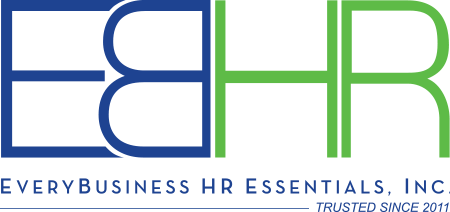The highest priority for any business considering reopening during a pandemic is ensuring your workplace is as safe as it possibly can be. Some employees may have fears of returning to the workplace. Preparing for and communicating how safety is the top priority might help to alleviate these fears.
Examples of Safety Measures include:
- Implementing employee health screening procedures.
- Developing an exposure-response plan that addresses:
- Isolation, containment and contact tracking procedures.
- Stay-at-home requirements.
- Exposure communications to affected staff.
- Providing personal protective equipment (PPE) such as:
- Masks, gloves, face shields, etc.
- Personal hand sanitizer.
- Detailing cleaning and disinfecting procedures.
- Establishing physical distancing measures within the workplace:
- Staggered shifts and lunch/rest breaks.
- Rotating weeks in the office and working remotely.
- Moving workstations to increase separation distance.
- Implementing one-way traffic patterns throughout workplace.
- Restricting business travel:
- Start with essential travel only and define what that is.
- Follow government guidance to ease restrictions over time.
- Defining customer and/or visitor contact protocols such as:
- Directing customer traffic through workplace.
- Limiting the number of customers in any area at one time.
- No handshake greetings, remain 6 ft. apart.
- Using video or telephone conferencing instead of in-person client meetings.
- Providing contactless pickup and delivery of products.
- Understanding and complying with Occupational Safety and Health Administration (OSHA) record-keeping and reporting obligations.
NOTE: Check your local governing agency website for recommended safety measures specific to your city or county.
EBHR can assist you with the development of new policies and procedures, or help you revise the ones you already have in place. Email [email protected] for help.

